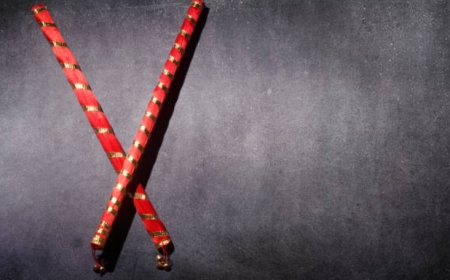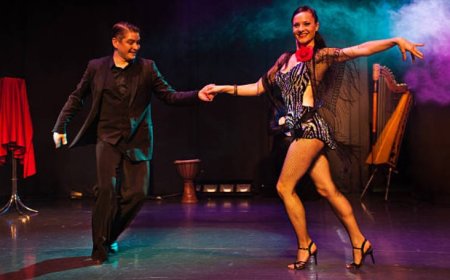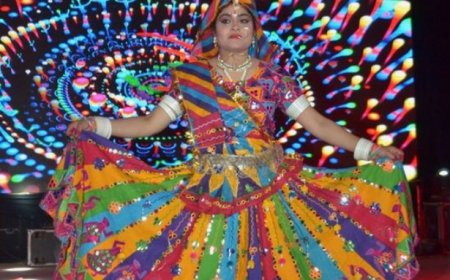Where Grace Meets Enchantment: Unveiling the Top 10 Facts About Mohiniyattam
From Temple Rituals to Global Stages, Explore the Alluring History and Beauty of the "Dance of the Enchantress"

Revealing the Mysteries of Mohiniyattam: 10 Enthralling Details about the Enchantress Dance
Within the realm of traditional Indian dance, mohiniyattam, an entrancing dance style from Kerala, India, occupies a special place. Its flowing lines, expressive hand motions, and alluring beauty narrate stories of heavenly power, love, and desire. Let's explore some fascinating facts that capture the spirit of this captivating dance:
1. What the Enchantress Told Us: The term "Mohiniyattam" means "dance of the enchantress," alluding to the Hindu goddess Mohini, Lord Vishnu's alluring feminine incarnation. Her force, charisma, and elegance are all captured in the dance.
2. A Tributary Emerges: Although its precise beginnings are still unknown, Mohiniyattam most likely developed over ages from folk dances and temple rites; references to it date back to the 16th century.
3. Lasya Seizes the Moment: In contrast to other ancient forms, Mohiniyattam places emphasis on "lasya," a style distinguished by soft curves, flowing motions, and elegant gestures.
4. An Account of Two Clothes: Dancers often don the refined "mundu," a saree with gold borders that is white or cream in hue, and a fitting top that is embellished with beautiful embroidery.
5. Using Mudras to Tell Stories: In Mohiniyattam, hand motions, or "mudras," are very important. These elaborate positions transport the audience into the dancer's world by telling tales, expressing emotions, and even depicting things. 
6. Eyes Have a Lot to Say: In Mohiniyattam, facial expressions are very important. The dancer conveys a spectrum of emotions with nuanced looks and expressive eye movements, enthralling the audience with her subtleties.
7. A Harmony of Beats: The mesmerizing soundtrack produced by the "mizhavu" (drum), "elathalam" (cymbals), and "chengala" (gong) rhythmically enhances the performance and accentuates the dancer's motions. 
8. Going Beyond Custom: Despite being mostly performed by women, mohiniyattam has undergone a stunning transformation. Male dancers are now actively engaged in the art form, adding fresh viewpoints and interpretations.
9. Temples to International Platforms: Mohiniyattam has evolved beyond its origins, when it was first used in temple rites and royal courts. It now graces famous venues all over the world, enthralling audiences with its distinct beauty and cultural significance. 
10. A treasure from UNESCO: Mohiniyattam's global significance was recognized in 2010 when UNESCO inscribed it on the Representative List of the Intangible Cultural Heritage of Humanity, recognizing its cultural worth.
Therefore, the next time you see a Mohiniyattam performance, take in more than just the beautiful moves; learn about the long history, potent narrative, and timeless beauty of this entrancing dance style.











































































































































































































